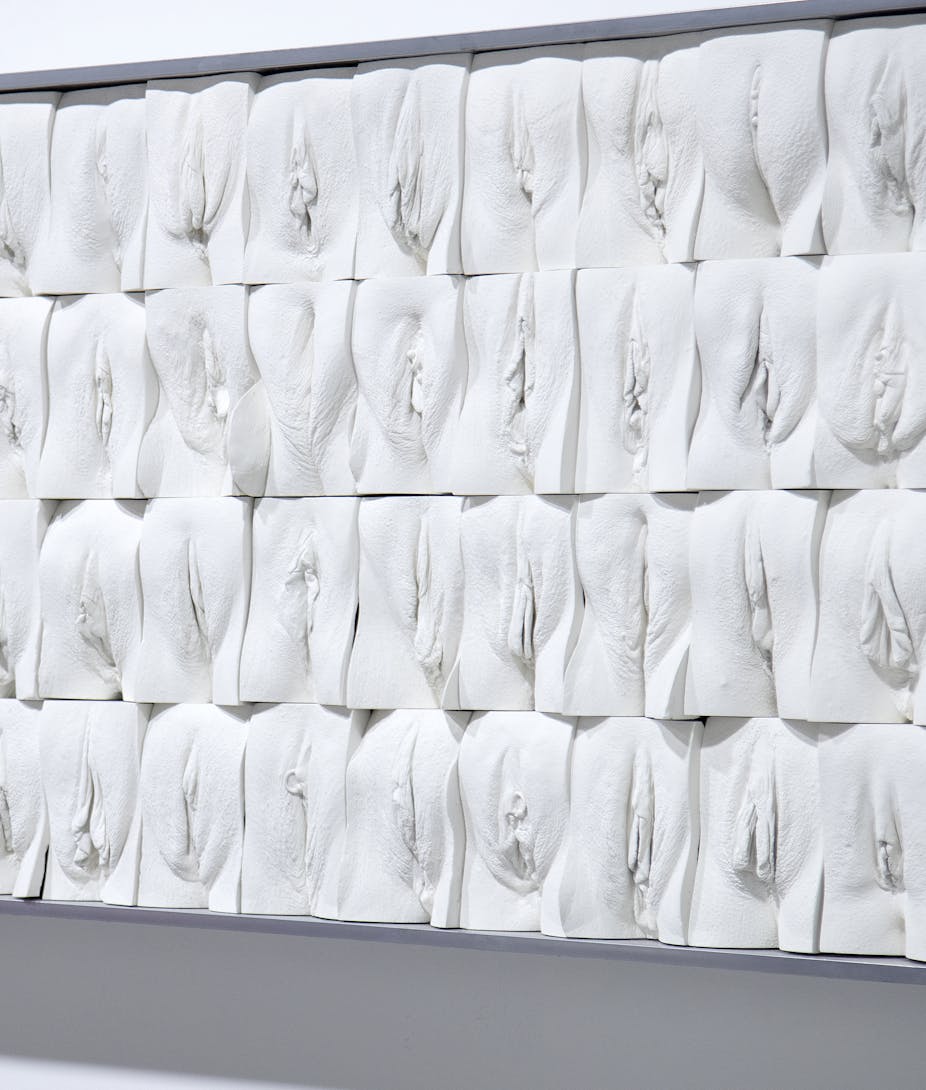When it comes to female anatomy, there’s still a lot that many of us don’t know. A 2019 survey from YouGov found that half of those questioned didn’t know where the vagina was on a diagram of a woman’s genitalia.
The survey revealed a widespread lack of knowledge about female anatomy among both sexes, with around half of respondents not able to identify or describe the function of the urethra (58%), labia (47%) or vagina (52%).
On top of this lack of knowledge there are also hundreds of commonly accepted myths and misconceptions about women’s bodies, which often make it harder for women to understand themselves and communicate their symptoms effectively to healthcare professionals.
Here, we answer some common questions women have about their vagina.

This article is part of Women’s Health Matters, a series about the health and wellbeing of women and girls around the world. From menopause to miscarriage, pleasure to pain the articles in this series will delve into the full spectrum of women’s health issues to provide valuable information, insights and resources for women of all ages.
You may be interested in:
The orgasm gap and why women climax less than men
How tracking menopause symptoms can give women more control over their health
Where is the vagina?
Many people use the word vagina for the area in the body called the vulva. This confusion is only perpetuated by a warped understanding of what looks “normal” and the increase of “vulvar dysmorphia”, largely due to the pornography industry. In recent years, increasing numbers of women have become dissatisfied with the appearance of their genitals, prompting requests for labiaplasty or labia reduction surgery.

Some clarifications: the vulva is everything on the outside. It includes your pubis, labia, clitoris, vaginal opening and the opening to the urethra. The transition zone between the vagina and vulva is called the vestibule. The vagina is on the inside. It’s a muscular tube that starts at the hymen (of the vulva) and connects the outer vulva with the cervix (neck of the womb).
The vagina is about 7cm-9cm long; your body size and shape do not predict vaginal length or shape. It’s lined with skin called mucosa that’s arranged in ridges called “rugae”, which may feel rough or bumpy. Under this skin is smooth muscle, which is thought to help release blood and discharge to the outside. This smooth muscle is surrounded by a rich network of blood vessels, giving the vagina remarkable elasticity, to help it expand enough to deliver a baby and then heal extremely well after injury.
Discharge – what’s normal?
The vagina typically produces 1ml-3ml of discharge in 24 hours. Discharge is made up of secretions from the cervix and glands near the opening of the vagina.
The Skene’s glands (named after the man who discovered them), which are located on either side of the urethra are known as the “female prostate” and are thought to help produce discharge to lubricate the vagina during sexual intercourse and to keep the opening of the urethra lubricated when urinating, to prevent urinary tract infections.
Some people have suggested the discharge from the Skene’s glands during orgasm to be “female ejaculation”. However, Skene’s glands release merely a few millilitres (perhaps up to 50 at most) during sexual arousal and so any significant volumes of fluid “squirting” out dramatically during orgasm, are most likely urine.
What is vaginal flora?
Just 100 years ago, doctors believed the vagina to be filled with dangerous bacteria. An implausible concept given women have survived till today and have not become extinct by such toxic vaginal infections.
Your vaginal flora or microbiome is made up of different types of friendly bacteria as well as yeasts. The most abundant bacteria in the vagina is the Lactobacillus species, Lactobacilli, which produces lactic acid and makes the vagina acidic (pH 3.5-4.5).
An acidic vagina is important as it helps to stop growth of harmful bacteria and viruses – though lactobacilli have a high acid tolerance and so are happy to live in the vagina. Lactobacilli can also make a kind of natural antibiotic, called bacteriocins that kill off dangerous bacteria.

We are only just starting to understand the different communities of lactobacilli and the role they play in vaginal health. And research suggests that ethnicity can affect the proportion of these communities. White and Asian women are more likely to have lactobacilli-dominant vaginal cultures, whereas almost half of black or Hispanic women have other bacteria and more diverse vaginal flora.
Women who have fewer lactobacilli (which produce acid) have slightly higher (more alkaline) pH, in the 4.7-5 range - which is still a normal variant, similar to the way the vaginal pH rises during menstruation due to the pH of blood (7.35).
Should I remove my pubic hair?
Removing pubic hair is safe, but there’s no medical need to do so. There’s no evidence to suggest removal is associated with a lower risk of infection or increased hygiene, as some believe.
It’s also unlikely that removing pubic hair increases the risk of sexually transmitted infection – as one earlier study suggested.

